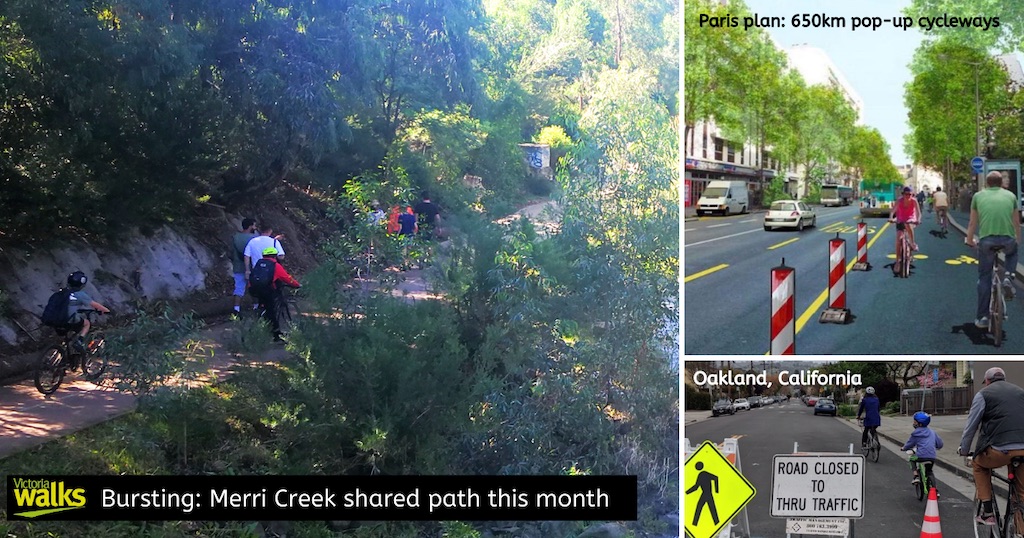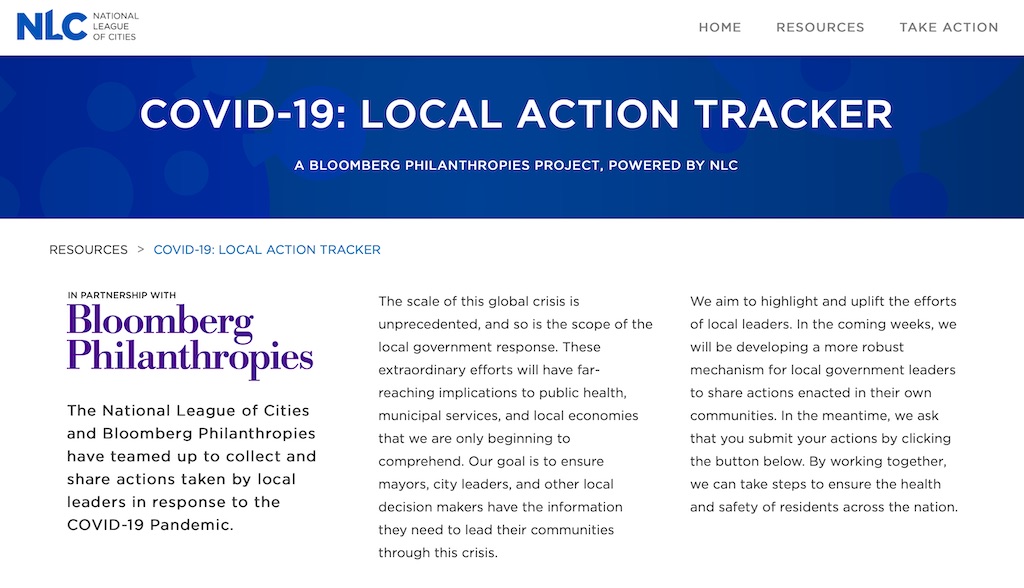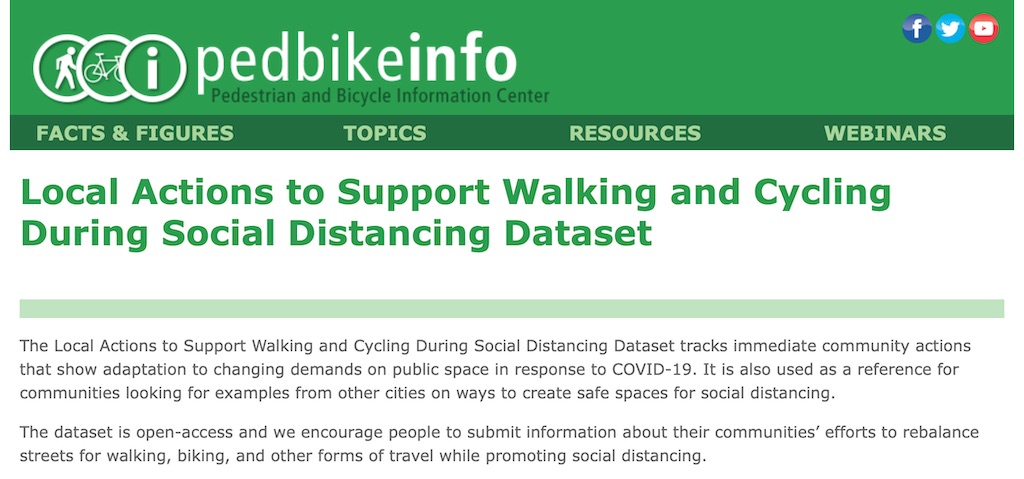The Conversation reminds us that the liveability of our neighbourhoods has never been more important.
One of the noticeable differences in our cities right now is the reduced car traffic in typically busy neighbourhoods where more people (including children) are out on bicycles and walking. Walkable environments with paths and cycleways are providing supportive and safe spaces for both recreational physical activity and for getting to places such as local shops and supermarkets and offices without unnecessary exposure to other people.
The Conversation
Health and transport professionals ask Government to stop lagging behind the rest of the world
With this context, over one hundred health and transport professionals are calling on government to stop lagging behind the rest of the world, and reallocate street space to walking and cycling, both as a response to the COVID-19 pandemic and into the future.
Doctors, public health and transport researchers call on government to enable safe walking and cycling during the COVID-19 pandemic and into the future.
Public health letter – call on Government
Australian College of Road Safety call for 30 km/h
Aligned with this call, the Australian College of Road Safety (ACRS) has proposed for government to reduce the trauma burden on hospitals by reducing the default urban speed limit to 30 km/h. The letter relates to New South Wales but the same logic applies to Victoria.

Victoria Walks backs #spaceforhealth
Imagine a new normal where instead of streets around schools being once again choked with parked cars we instead see children who have discovered an appetite for walking and cycling feeling they can continue to do so safely as they resume their busy out-of-home schedules
Victoria Walks

New Zealand showing the way
The New Zealand Transport Agency’s Innovating Streets programme is offering NZ$7 million of funds to make it faster and easier to transition their streets to safer and more liveable spaces.

Action around the world
Many cities around the world are adjusting their streets in response to COVID-19. In the USA, the National League of Cities has an action tracker:

Advocacy groups are also collating evidence from cities:

Design guide from AU
Local company CoDesignStudio offers a free guide to Tactical Urbanism, check it out at:

Our view
Streets Alive Yarra supports the calls for:
- reduced road trauma burden on our hospitals, both during COVID-19 and after
- reallocation of street space to walking and cycling
- high speed and low cost treatments using tactical urbanism
People often need an impetus to change, and this is especially true for our transport systems. We are now getting used to new ways of getting around, based on physical distancing, walking and cycling. Government can use this as an opportunity to temporarily reallocate streets space so that large numbers of people can experience how good walking and cycling could be, if better infrastructure was offered. We expect that after COVID-19 has passed, most people would prefer to retain the space for walking and cycling, as well as for trees and place making.
Posted 23rd April 2020, updated 24th April 2020


